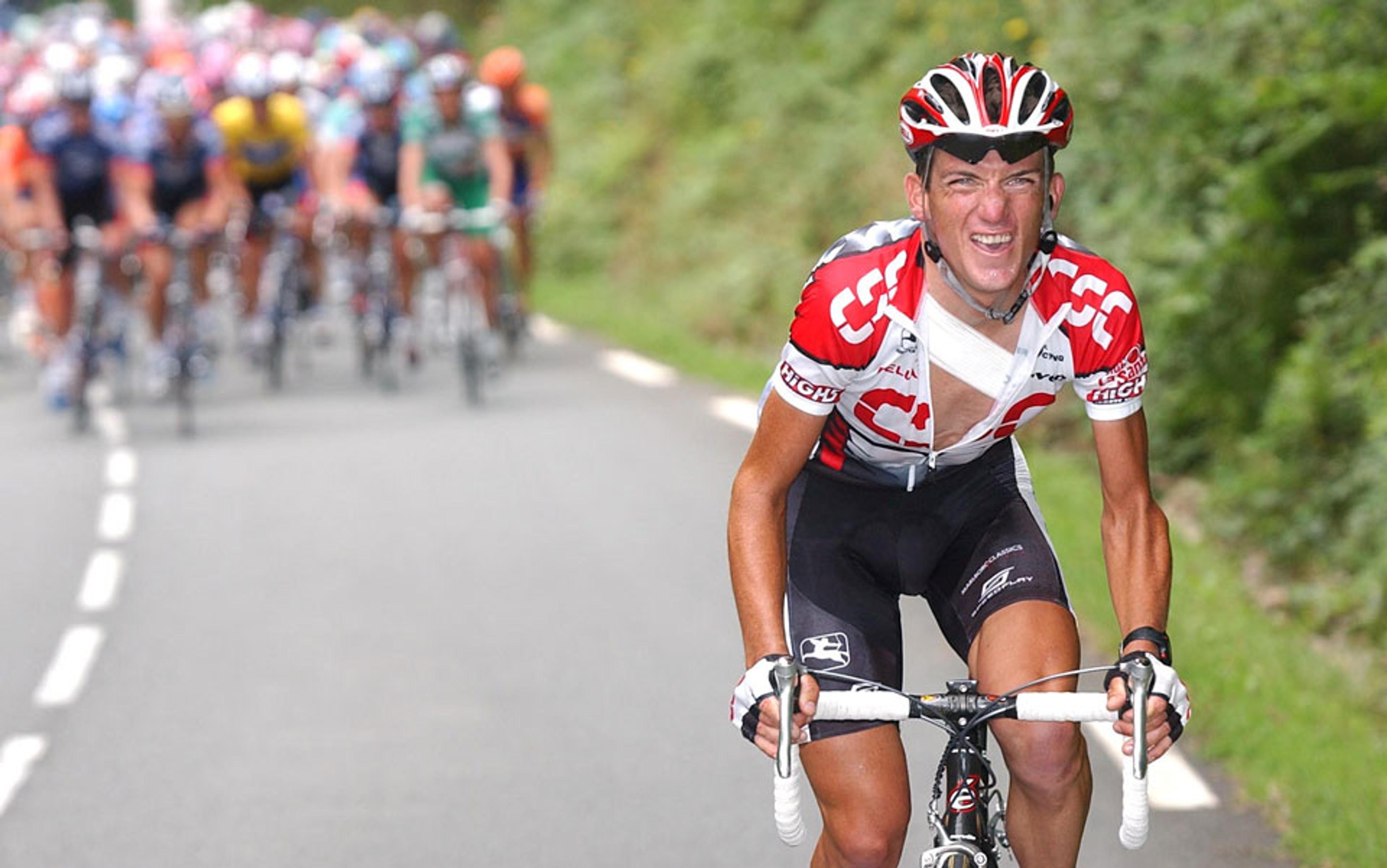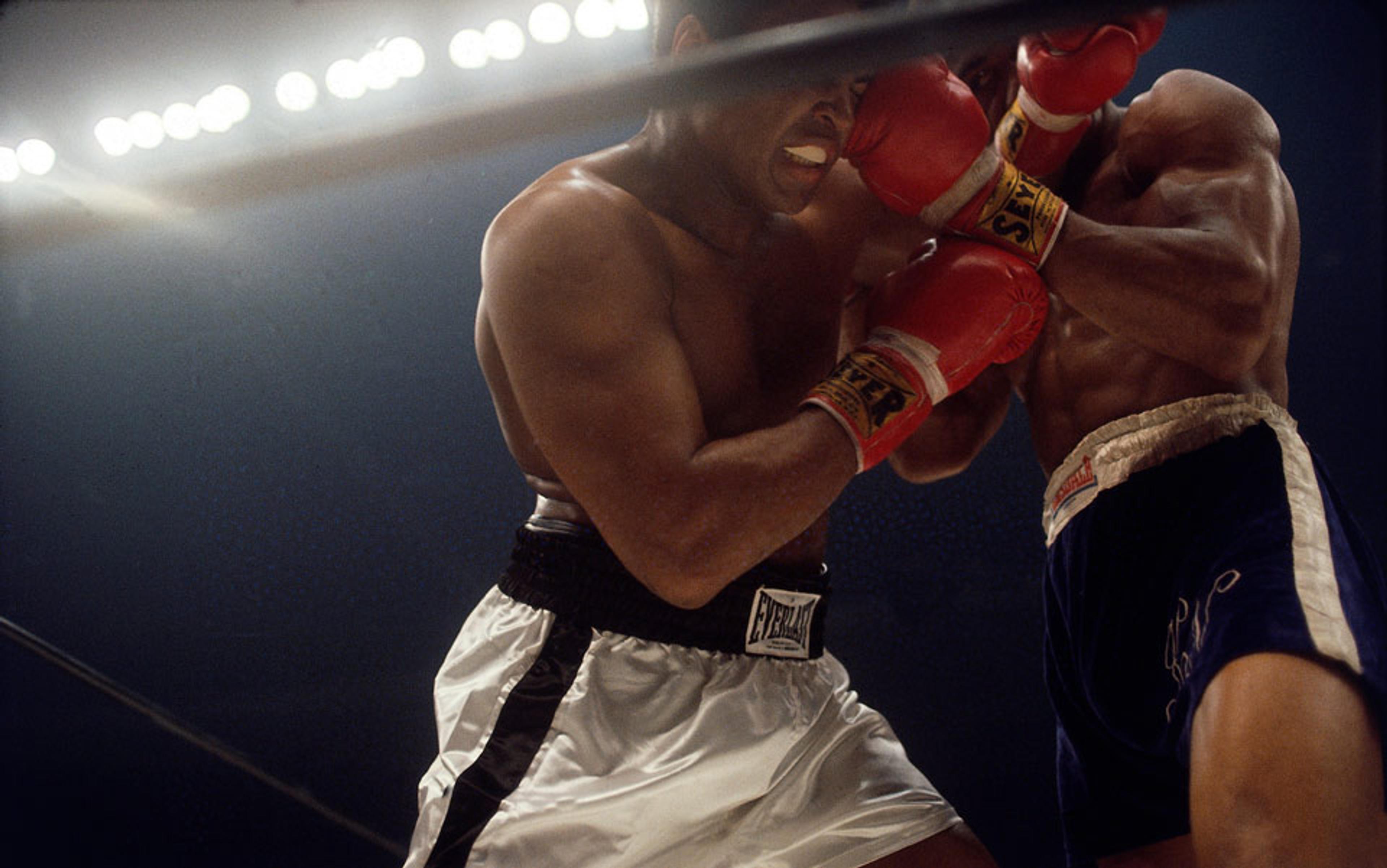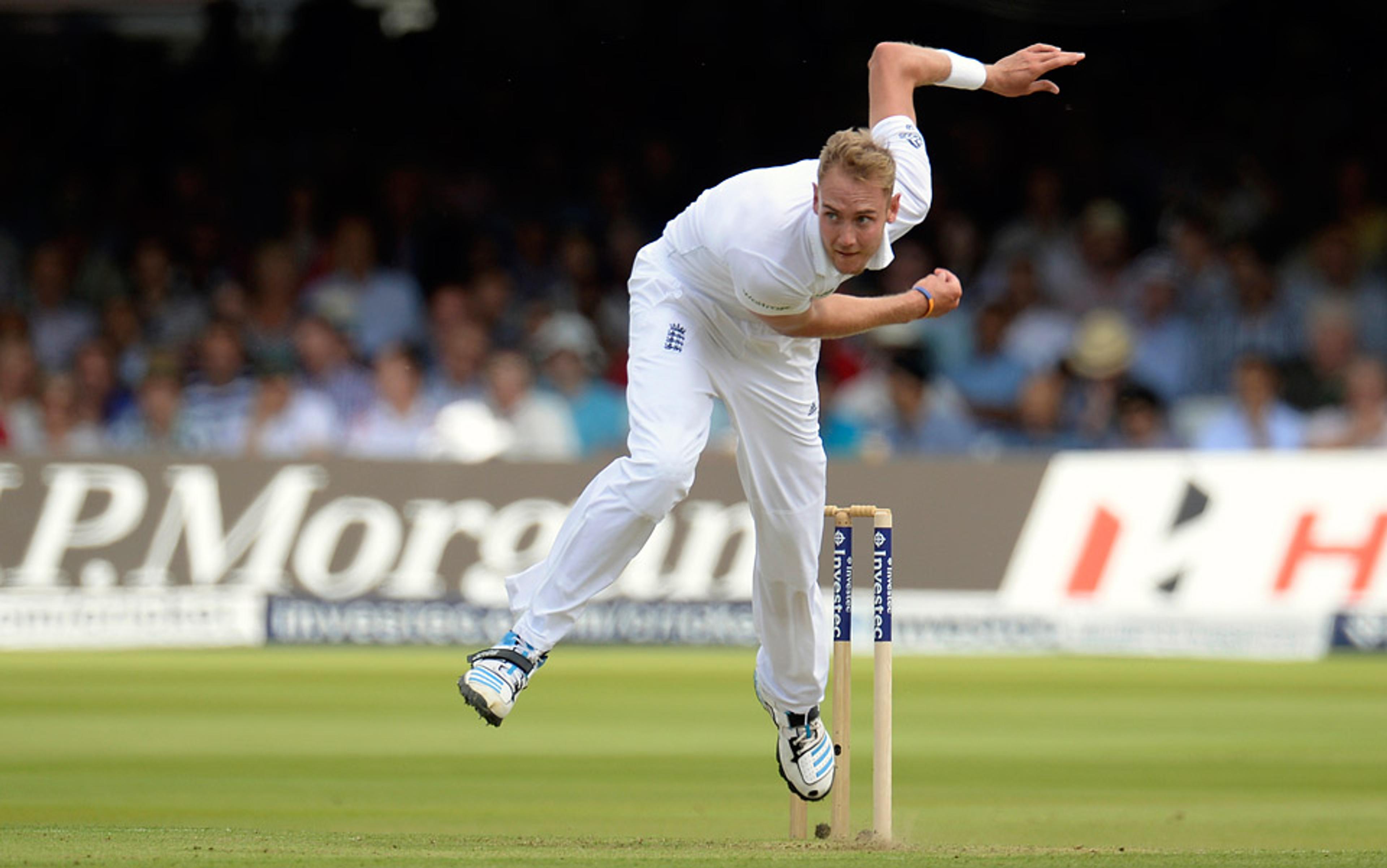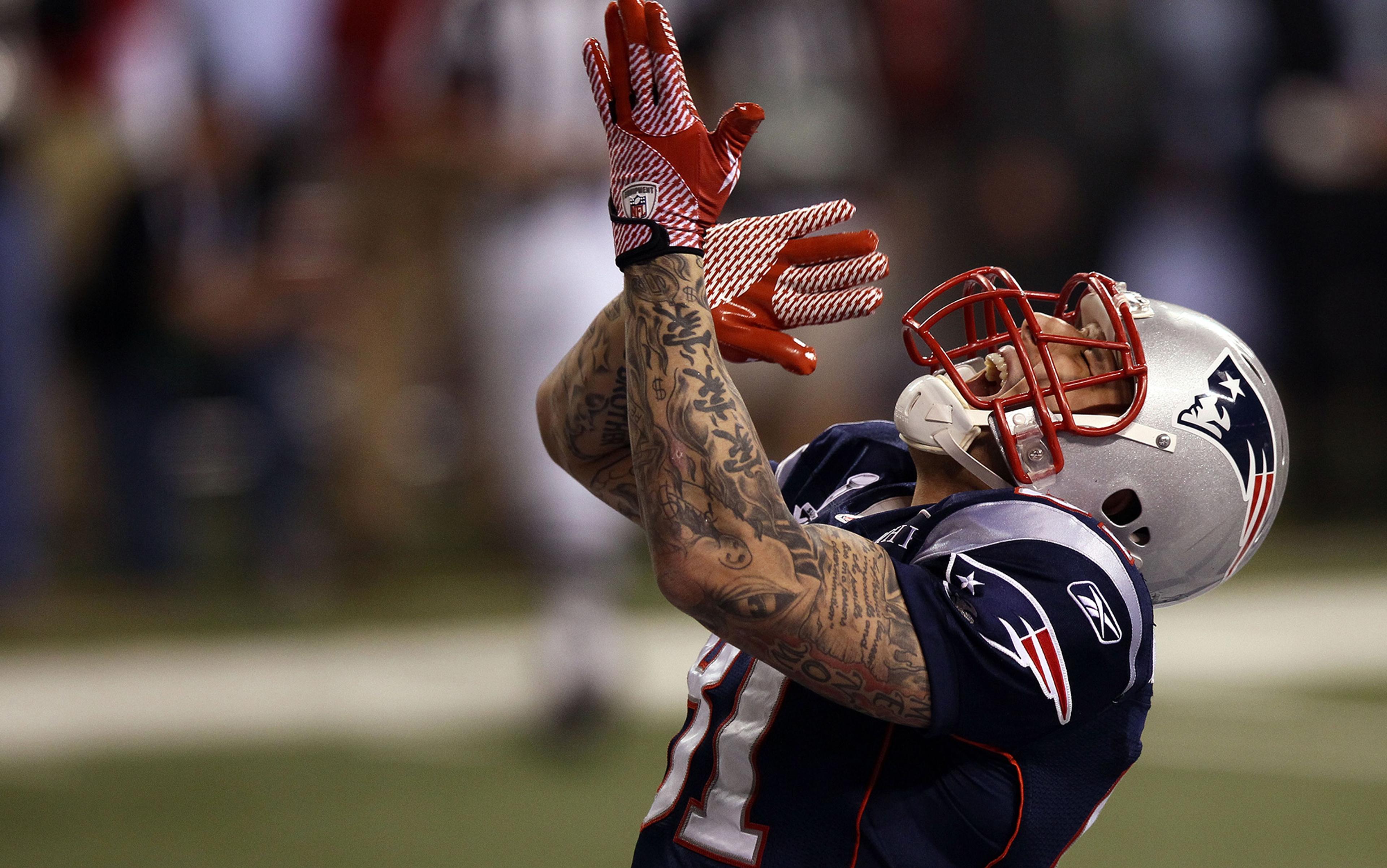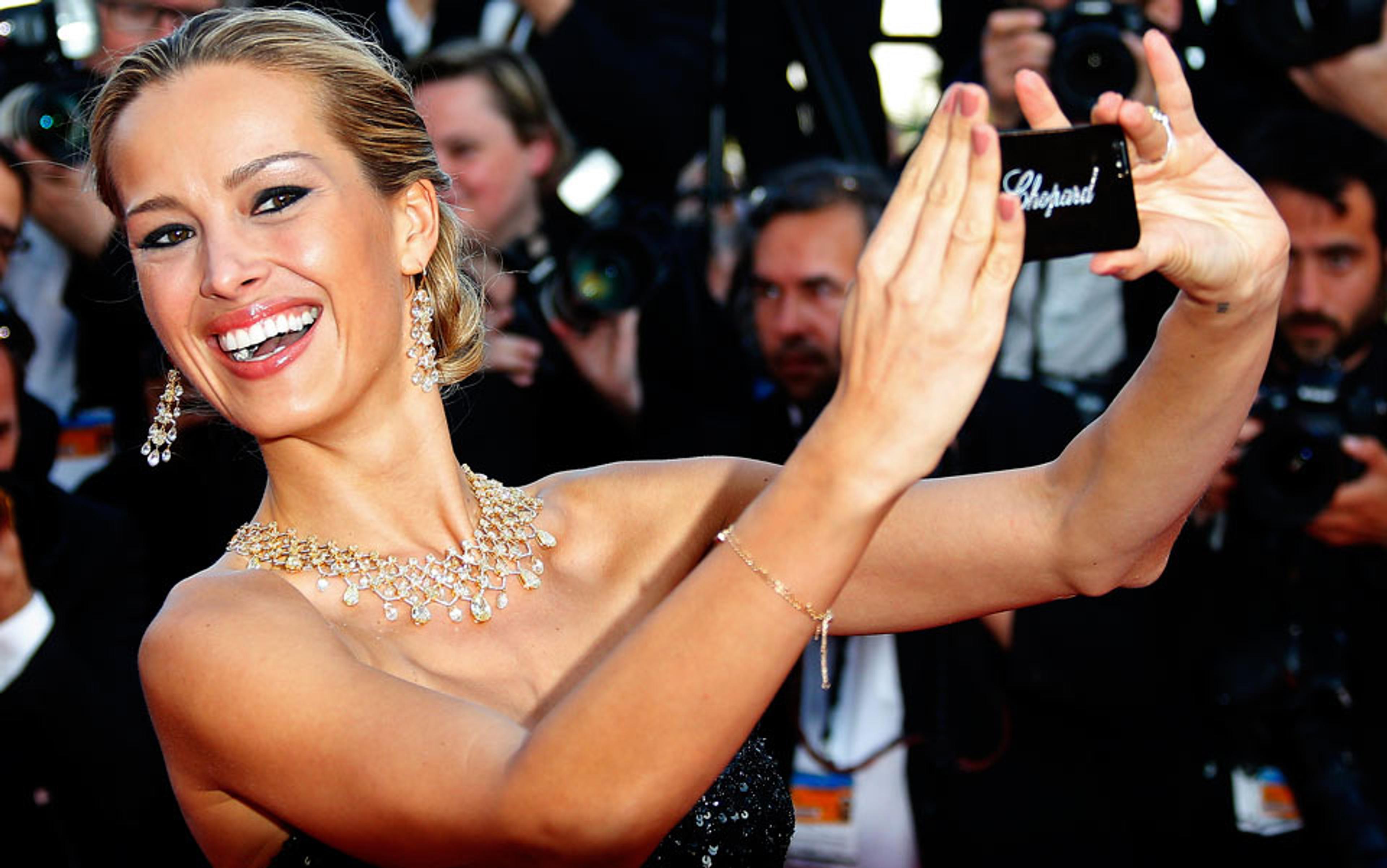I cross the finish line of a race, exhausted and excited. Before having the opportunity to rest or to celebrate, I am escorted to a small room with folding chairs organised around the perimeter, for drug testing. I sit sandwiched between my assigned testing agent and my coach, opposite my competitors. My competitors and I make eye contact and exchange weary congratulations, as we await our turns for drug testing.
These tests will measure for the presence of performance-enhancing substances, such as anabolic agents, erythropoietin, beta-2 agonists, growth factors and stimulants, some of which, like caffeine, are permitted in competition in limited amounts. They will also test for masking agents – substances such as diuretics that, while not themselves performance-enhancing, can disguise the presence of substances that are. Additionally, these test results will serve as a data point to track deviations from previous and future test results, as part of our Athlete Biological Passports (ABP). An ABP is a longitudinal means of assessing whether an athlete has participated in illicit forms of performance enhancement, achieved by monitoring biological markers that shift in response to certain drugs long-term.
This is an interesting moment. I sit among my competitors, awaiting the opportunity to demonstrate that I competed the right way, to the extent that a drug test can measure such things. Should we all pass our drug tests, the standings of the race are legitimated. If not, the final standings will shift. I know this is naive, but it has always seemed to me that this moment alone should suffice as a deterrent of wayward actions – to make eye contact with one’s competitors, in a tiny room. It is like a child forced to share a car ride with a sibling they wronged, or a thief making small talk with the victim of their theft. Surely, the doping athlete feels guilty in the company of her competitors.
Of course, these moments do not suffice to deter cheating. Globally, there are 567 track and field athletes currently ineligible to compete in the sport due to doping infractions, and these are just the ones who were caught. There is an epidemic of cheating behaviours in athletics. Those who get away with it often outperform athletes who compete above reproach. Cheating makes them faster.
This might press us to wonder about the relationship between moral character and athletic performance, in broader terms. What if vices make us competitive? What if good character has a performance cost?
This should not come as a surprise to anyone paying attention, but there is evidence of vice and poor behaviour in sports. Some of this is obvious, like violence, taking performance-enhancing drugs, and endlessly boasting about one’s feats. Some of it is perhaps less obvious, like intemperance or continuing to play when one ought to stop, a vice which we will examine as ‘intransigence’, an excess with respect to remaining on task.
Some of these vices result from the fact that it’s human beings playing sports – flawed, confused, complex human beings. Others, like vainglory and pride, are concessions to a cultural narrative that prizes sport and celebrates athletes as exceedingly valuable people. And some vices are selected for, and reinforced by, the structure of competitions. They make us stronger competitors.
In summer 2021, I returned to high-level racing after an extended time away. I had not competed for nearly two years, due to a combination of pregnancy with my first child and the COVID-19 pandemic. It was odd to have these two events coincide – one that changed my own life and the other, which changed everyone’s. Becoming a mother was wonderful; the pandemic was a crisis. In 2020, there was considerable public discourse about extending grace to one another in ‘unprecedented times’, and I had to catch myself from thinking that everyone else had just had their first child, too. We all adjusted to big changes and new responsibilities. We were all disrupted from our routines. And we had to figure out where running fit into this new rhythm of life – in the pandemic, or, in my case, in the pandemic and new motherhood.
In the wake of these changes, I returned to competition. My first big race was the United States National 50 Km Road Championships. My longest run leading up to the event was 14 miles – a paltry distance in the face of a 50-kilometre race – so I was physically underprepared. But being away from my family for long training sessions felt selfish. I lacked the myopia or singularity of performance focus, which had previously characterised my training, and I was no longer desperate to win. During the race, when my hips tightened and I fell off pace at mile nine, I found myself feeling happy for the women who were running well, rather than sad for myself – a new feeling for me, in the heat of competition. While, overall, these were constructive changes for a happy life outside of sport, they made me a less successful performer.
Selfishness, as it turns out, played a considerable role in my athletic life. It made my world small and optimised for my ambitions. And this is not the only vice of potential performance value. There are many. I call them performance-enhancing vices.
We might find ourselves at odds with the kinds of people we want to be outside of sport
Performance-enhancing vices are defects of character, or traits that otherwise detract from a well-ordered, flourishing life, which help one become a more successful sportsperson. In general, we can identify them by asking ourselves whether certain traits that help us be competitive in sports also impede our ability to be loving friends or responsible citizens. These vices may undermine our ability to have a long view of sports and life – to think sustainably about how we use our bodies – and they can prevent us from maintaining a balance of interests outside the sport.
Should such a class of vices exist – and I am going to argue that it does – these vices will be an insidious issue, difficult to root out. This is because, in submitting ourselves to the objectives of a sport, we ‘put on’ the kinds of traits that support performance. Some of these are physical traits, like agility and flexibility, that help us move down the field or court. Others are character traits – patterns of thinking, feeling and acting – such as envy, pride or rashness – that permit us to go to the proverbial well, or to get the most out of ourselves.
In the case of patience and perseverance, these traits are constitutive features of a good character, sports aside. They are the kinds of traits we would like to have in a neighbour or a friend. Should sport participation provide the opportunity to practise these virtues, or to grow in these respects, then this is a welcome opportunity to be refined. But in trying to become faster or stronger, we might also find ourselves changing in ways that are at odds with the kinds of people we want to be outside of sport. I have already named dishonesty – regarding cheating behaviour – as a vice that can make a runner faster. I described selfishness, too – as a trait that enhanced my own performances yet eroded relationships. Additional examples are pride, intransigence and envy.
If you spend much time around sports, you will have experienced the vice of pride, or superbia. It is an inordinate desire for one’s own excellence, or an inflated sense of self. Likely, you have experienced pride so much in sports that you fail to notice it anymore. Sport, in broad strokes, has a culture of bragging and self-aggrandisement, which is sometimes called ‘marketing’. Other times, pride hides in plain sight as ‘self-belief’. It sometimes seems that sporting social media is a bunch of people shouting their achievements past each other, bragging in direct or subtle ways. Admittedly, this is probably part of what we enjoy about sports – the self-congratulatory brazenness of it all. It is entertaining.
Pride’s entertainment value is ordered toward the external goods of sport – fame and marketability. It is an asset of sports for that reason. But pride is also performance-relevant, or ordered to internal goods of a competition. It can help us win – not in every case, but in many. Pride commits two errors. The first is an epistemic (knowledge) error. The proud sportsperson perceives themself to be more capable than they actually are. The second error is an error of valuing. The proud sportsperson believes themself to be superior to others and prioritises themself accordingly.
Pride’s epistemic error is unlikely to enhance performance. Imagine the runner who perceives her abilities as far greater than they are. She may start a race at a pace commensurate with her projections, then crash and burn. The proud footballer may put himself in a situation above his abilities and lose possession of the ball as a result. To succeed in sports, we need high levels of ability, but we also need to perceive our limits accurately.
In team sports, players may aim to outshine one another, yet still appear to function as part of a cohesive team
However, pride’s error of valuing is likely to enhance performance. The sportsperson who over-values themself is inclined to inordinately strive for greatness and to be engaged in the activity of reputation protection. And pride’s greatest secret is that it is always under threat. It needs to prove that it is the best. This provides ample motivation to dig deep and fight for glory.
These dynamics will play out differently in team settings versus individual sports. In team sports, players may aim to outshine one another, to maximise playing time, yet still appear to function as part of a cohesive team. Alternatively, players may outshine one another in overt ways – showboating and ball-hogging. Pride can be present at the level of the group, with certain teams trash-talking or wishing ill of opposing teams. In individual sports, like swimming and singles tennis, solo players lack these intramural tensions. Still, they may be motivated to outperform competitors, deeming themselves superior. Pride can motivate performances in every case, but how pride appears will vary across situations.
To be clear, I do not think a sportsperson must be proud to be successful. For example, Thomas Aquinas writes about the excellence of virtuous magnanimity, or greatness of soul. We can aspire greatly with a fitting, rather than inordinate, desire for excellence. Thomistic magnanimity recognises dependence on others, and strives in ways that are not at odds with community. Still, we can see how superbia might aid performance. Considering how common pride is in sporting contexts, we can say, at the very least, that delusions of grandeur and feelings of superiority are compatible with elite-level competition.
Never quit (except for when you definitely should). During the two months of designated spring ‘climbing season’ at Mount Everest, medical and rescue operations regularly perform up to 25 rescues per day. Conditions change and the weather turns, but climbers often fail to relent. They continue at the cost of their own safety and imperil those who will try to help them, should they be unable to descend under their own power. Having a mindset of completing one’s objectives whatever the cost could indeed cost everything.
This ‘never surrender’ mindset is called intransigence, or pertinacity. It is the vice of excess with respect to remaining in place, and it occurs when someone perseveres in outsized ways or toward bad ends. ‘Intransigence’ is a good word for this vice because it captures ‘not turning’ or a ‘refusal to abandon’, which we see in the case of ambitious climbers on Mount Everest. We also see intransigence in endurance athletes competing through injuries, or committing to training in ways that crowd out worthier commitments in their lives. We see it in basketball players playing through illness. (Think of Michael Jordan’s infamous ‘flu game’ in the 1997 NBA Finals.) And we see it in CrossFit performers who push themselves to the point of exertional rhabdomyolysis and other adverse outcomes, rather than retreat from events.
An intransigent runner will reach more finish lines – certainly more than an irresolute runner
It is not surprising that professional sportspeople sometimes decide to press on through injuries or illness. Social and financial incentives push them to do so. But this vice is present beyond the professional ranks. Amateur endurance athletes are bullheaded, too. They run through fractures and bind themselves to feats well past when it makes sense to do so. They ‘run streak’ – committing to daily miles, sometimes despite higher allegiances needing their attention. And they ascribe to the motto ‘death before DNF’ (‘did not finish’). Endurance athletes, at every level, are often recalcitrant.
We can see why intransigence might be an asset in sports. An intransigent runner will reach more finish lines – certainly more finish lines than an irresolute runner will. The intransigent sportsperson may see more playing time, or persist in practising a drill until they get it right. But intransigence is a vice. It is at odds with a flourishing life because it means we are willing to overstep our limits – our physical limits but also our cultural limits, or the people in our lives to whom we are accountable – in order to accomplish a goal.
In a sporting culture that praises ‘doing hard things’ without specifying which right hard things, or how we do them, it may be worth mentioning that competing at all costs is not admirable. Not all finish lines are good ones. Finish lines are good only insofar as we don’t compromise higher allegiances as we strive to attain them. On these grounds, intransigence is a performance-enhancing vice. It is a trait we praise in a sportsperson and lament in a friend.
In summer 1994, the US figure skater Tonya Harding was stripped of a national title and banned from the sport for life. This was following an assault on her chief rival, the Olympic hopeful Nancy Kerrigan. Kerrigan was struck on the knee with a metal pipe in a Detroit practice rink by an assailant hired by Harding’s ex-husband, rendering her unable to compete in the US national championships. While Harding initially denied a connection to the event, she later pleaded guilty for conspiring to hinder prosecution in the attack. And though she never personally raised a metal pipe to strike her competition, ‘Tonya Harding’ is now sometimes used as a verb to capture ‘metaphorically kneecapping the competition’.
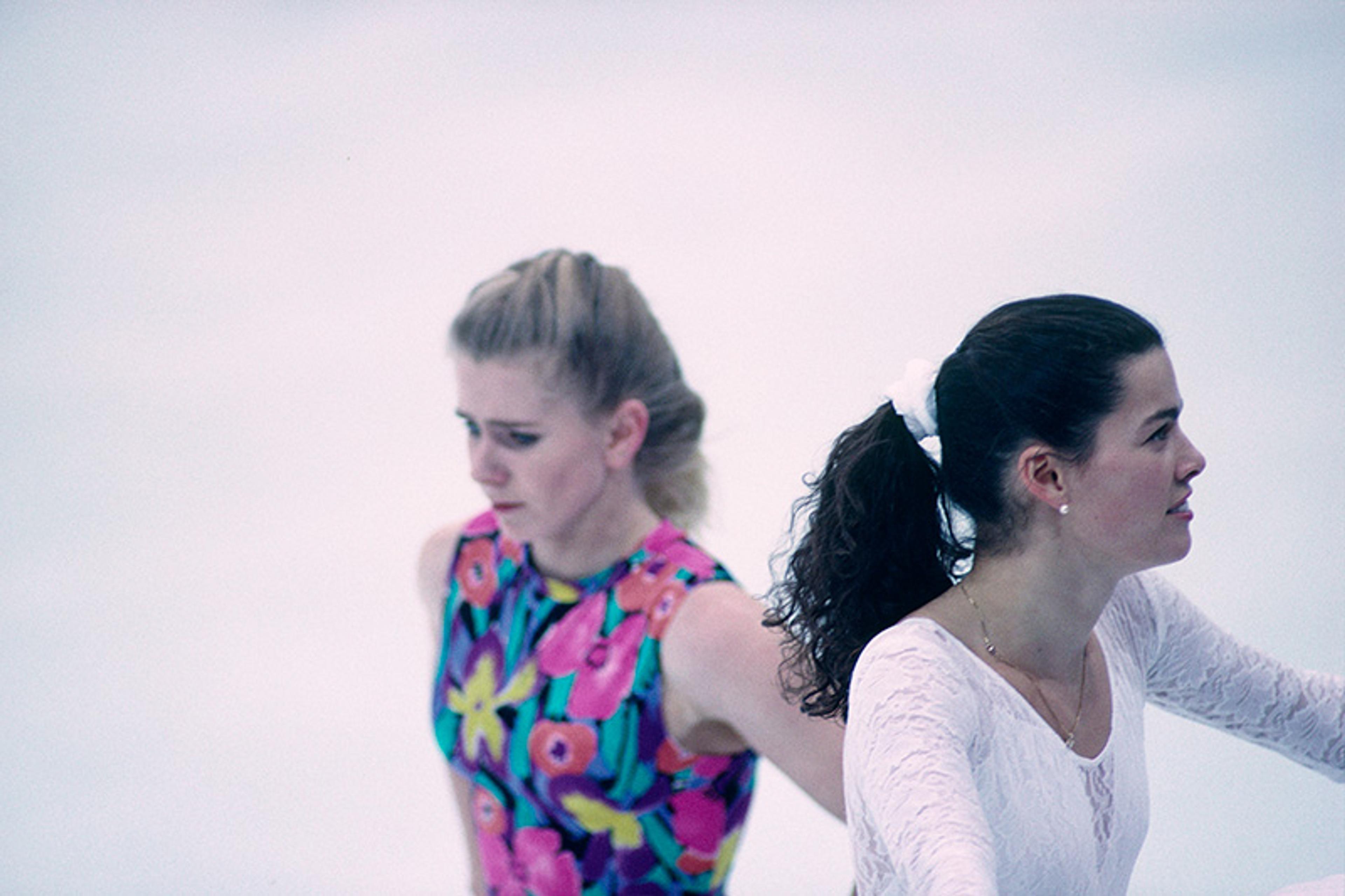
Tonya Harding (left) and Nancy Kerrigan during a training session for the 1994 Winter Olympics, one month after Kerrigan was attacked. Photo by Dimitri Iundt/Corbis/VCG/Getty
The history of sport is sometimes told as a story of rivalries – of athletes who were intensely at odds. One such rivalry was between Harding and Kerrigan. This rivalry drove the figure skaters to lofty heights and excellent feats, but it also led to twisted machinations and an injured knee. A second example is the rivalry between the basketball titans and teammates Michael Jordan and Scottie Pippen, whose acrimony was on full display in the 1990s. The duo descended into bitter rivalry as their team, the Chicago Bulls, rose to glory. The vice in question, in both cases, is envy.
The philosopher Rebecca Konyndyk DeYoung defines envy as ‘feeling bitter when others have it better’; Søren Kierkegaard called it the vice of ‘unhappy self-assertion’. It is a vice common in sports, where we compete for a limited good – victory. And envy can be performance-enhancing because feelings of comparative inadequacy are highly motivating. Envy can drive a person to do all the little things in practice and to fight hard in a game so no one else can win. It makes out one’s competitor to be a foe, and it transforms loss into a terrifying, loathsome thing. All other variables held constant, the envious athlete will be hard to beat.
Imagine Pippen and Jordan as friends. Would a more amiable relationship have impacted their level of play?
Still, envy is a vice. It is a bad quality in a friend and in a competitor. It cannot celebrate the victories of other people. It is insecure and insatiable, and it will always have more work to do to correct for comparative imbalances. This can happen by winning, but it can also happen by reducing the differential between two players by whatever means necessary – by thwarting the competitor or explaining away their successes.
For example, in 2023 Pippen gave an interview to People magazine in which he claimed Jordan was a horrible player. He used that phrase exactly: ‘He was a horrible player. He was horrible to play with. It was all 1-on-1, shooting bad shots.’ Jordan was not bad at basketball. This is factually untrue, but it demonstrates a means by which Pippen corrects the imbalance between them – by explaining away Jordan’s abilities.
Now imagine, instead, that Pippen and Jordan were friends. Imagine they had mutual respect and willed one another’s good, rather than begrudging each other’s successes. Would a more amiable relationship have impacted their level of play? Would they have performed appreciably worse or better?
It is an interesting counterfactual. And, of course, we will never know. But considering the density of high-profile, destructive rivalries in the highest levels of sport, surely envy can play a motivational role, where performance is concerned.
Performance-enhancing vices result from a misalignment between one’s success in a given domain and one’s flourishing as a human. Surely, they are not a problem unique to sport, or a new problem either. In The Prince (1532), Niccolò Machiavelli advises leaders that vices are sometimes required to maintain their position. And the financier Gordon Gekko, in the movie Wall Street (1987), asserts that ‘greed… is good.’ Greed is good insofar as it is insatiable and helps one perform on the stock market. As a quality in a friend or neighbour, it is decidedly not good. We can generate additional examples from nearly every domain of human striving because success and virtue sometimes pull apart. So, why should we care?
We should care because sports form us, for good and for ill. This is a big reason why we play sports in the first place – to be transformed by daily practices. Some of this transformation is physical – developing our aerobic capability or strength – but some of it involves our character. Sports provide us practice in how to relate to one another while we strive to accomplish great feats. It shapes our habits of attention and our emotional responses, and it informs how, and with whom, we spend our time. Considering that character consists of our dispositions – our patterns of thinking, feeling and acting – we might be especially attentive to formative practices, like sports, that play a substantial role in shaping us.
An athlete is not just an athlete. An athlete is a neighbour, a parent, a citizen, and a friend
Character matters because vices have costs. They have personal costs, like the inability to self-govern, to submit to good ends and remain in them, and to live in sustainable ways for our bodies long-term. Vices also have costs for sports themselves. Consider the cheating case. Cheaters subvert the terms of success in the competition where they occur, but they also undermine the integrity of sport moving forward because people stop believing that what they see is real. Furthermore, vices present harms to the sportsperson’s community. I described the risks assumed by those tasked with rescuing intransigent climbers. Another example is that certain sports provide daily practice in acting on outsized anger. This can present a risk to a sportsperson’s community, increasing the risk of domestic harms.
Pride has costs for relationships. It makes a sportsperson less teachable and more resistant to critique. And it feels bad to be one of the people considered less, around a sportsperson who deems themself more. So, while there may be benefits for acting in terms of a vice in the athletic arena, an athlete is not just an athlete. An athlete is a neighbour, a parent, a citizen, and a friend. Everyone pays the costs of an athlete’s bad character.
My call to action on these grounds, in a world transfixed by sports, is to pay attention to the ways you are being shaped. Clarify your objectives in sports and the kinds of bargains you are willing to make for the sake of performance. Maybe certain vices make us faster or stronger, but even for those engaged in the highest levels of sport, it is worth asking whether these tradeoffs are worth making.

